Responsive Padding, Margin & Gutters With CSS Calc
13 Dec 2025

Table of contents
When creating a responsive layout, you're not just moving elements around the page to make them fit at every screen size.
A user-friendly design will also adjust the whitespace between items so the arrangement always looks balanced.
- Small screens are best with minimal whitespace so there is room for the content.
- Large screens need extra whitespace to give the content space to breathe.
Whitespace comes in many forms, but let's focus on the specific kinds of space that we can control with CSS:
- Padding
- Margins
- Column gutters
- Row gutters
With these forms of whitespace, we set their dimensions in CSS. For different breakpoints, we can adjust their size.
But what size should they be?
Let's consider padding as our example, but the following applies equally to all types of whitespace.
Optimal Padding Sizes Per Screen Size
- For mobile devices, the ideal padding is somewhere between 13 - 15 pixels.
- For tablets, padding looks best around 20 - 24 pixels.
- For desktop, padding is best starting at 24 pixels and progressively wider for larger screens.
How To Set Padding At Different Breakpoints
Here are several ways you can set padding size per breakpoint:
- Set padding size in pixels per breakpoint with media queries.
- Pair padding size with font size by using em units.
- Use percentage units so padding grows with screen width.
- Use my responsive padding magic formula.
Let's go through these methods one by one so you can see the pros and cons of each method.
Set Padding Size In Pixels Per Breakpoint With Media Queries
For this method, we need to first decide which breakpoints we want to use. To keep things simple in this example, we will use three breakpoints; mobile, tablet, and desktop.
Here's how our CSS will look:
/* Mobile */
.container {
padding: 14px;
}
/* Tablet */
@media (min-width:600px) {
.container {
padding: 20px;
}
}
/* Desktop */
@media (min-width:900px) {
.container {
padding: 24px;
}
}Pros with this method
- We have fine control over our padding sizes.
- We can easily add more breakpoints if we need finer control.
Cons with this method
- It's verbose. We can easily require many lines of CSS that can be problematic to maintain later.
- The padding size is stepped, which means it jumps between set sizes rather than smoothly growing to always perfectly match the screen size.
Pair Padding Size With Font Size By Using Em Units
Often it's the size of your fonts that will determine the most optimal padding size. By setting padding dimensions in em units you ensure there will always be a relationship between the two.
.container {
padding: 2em;
}This makes even more sense if you're using responsive font sizes. See my article: Responsive Font Size for details on how to achieve this with just a single line of CSS.
Pros with this method
- Font size and padding will be nicely matched together.
- Simple to do without much CSS.
Cons with this method
- It can give inconsistent values when different areas of a layout have different font sizes. You can overcome this to a degree by using rem units instead.
- Font size doesn't change enough from mobile to desktop to give the correct ratio of whitespace at all breakpoints.
Use Percentage Units So Padding Grows With Screen Width
By setting padding size as a percentage of the screen width it will automatically grow along with the screen size. But the percentage you need on mobile is different from the ideal percentage on desktop so you will still need to set sizes for each breakpoint like this:
/* Mobile */
.container {
padding: 4%;
}
/* Tablet */
@media (min-width:600px) {
.container {
padding: 3%;
}
}
/* Desktop */
@media (min-width:900px) {
.container {
padding: 2%;
}
}Pros with this method
- Padding smoothly grows with screen size even though there are still steps in size at each breakpoint.
Cons with this method
- Percentage units don't work inside elements that are not full width and they don't work vertically. You can get around these problems by using viewport widths (vw) in most instances.
- It's still verbose because you need to set sizes for every breakpoint.
Use My Responsive Padding Magic Formula
We can overcome all of the cons with the previous methods by using a magic formula to set our padding size.
Here's what it looks like:
calc(8px + 1.5625vw)
This magic formula combines pixel dimensions with viewport widths (vw) in the perfect ratio so padding is always at the perfect size for every screen size. It uses the well-supported calc function to do this (source).
Here are the padding sizes that this formula gives us at the most common screen sizes:
| Screen width | Padding size |
|---|---|
| 320px (eg: iPhone 4 & 5) | 13px |
| 360px (eg: Galaxy S5) | 14px |
| 375px (eg: iPhone 6, 7, & 8) | 15px |
| 480px | 16px |
| 768px (eg: iPad portrait) | 20px |
| 1024px (eg: iPad landscape) | 24px |
| 1280px | 28px |
| 1536px | 32px |
| 1920px | 38px |
| 2560px | 48px |
Pros with this method
- One line of CSS does all the work.
- It works horizontally and vertically.
- Padding is always at the perfect size, it smoothly changes with no steps.
- It works in elements that are of any width or nesting level.
This website (that you're reading right now) uses my magic formula for padding, margin, and gutter sizing. Adjust the size of your screen and see how it smoothly changes and always looks in balance.
Summary
For the best user experience, whitespace should always be proportional to the screen size, and the best way to do this is with a formula that combines pixels and viewport widths in the perfect ratio. In much the same way that an overwhelmed student might search for someone to write my college paper for me to simplify their workload, well-balanced whitespace helps users process on-screen information with less effort and greater clarity.
Try it today, it's just a single line of CSS!

Follow me on @mattjamestaylor






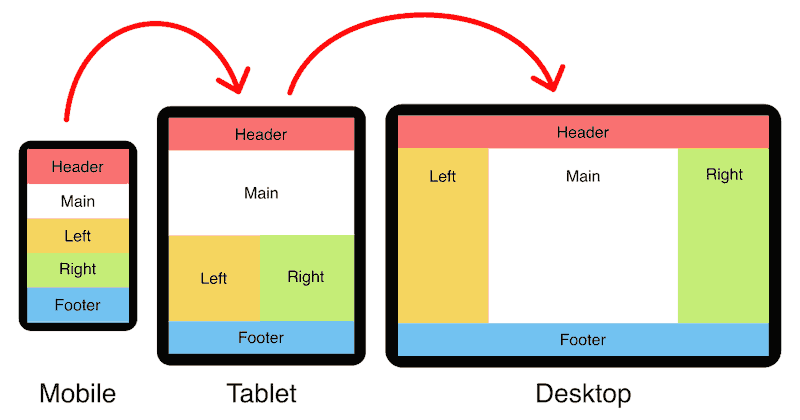

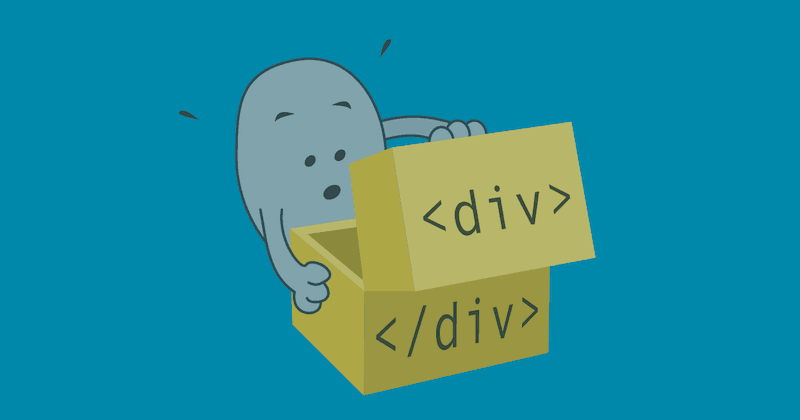
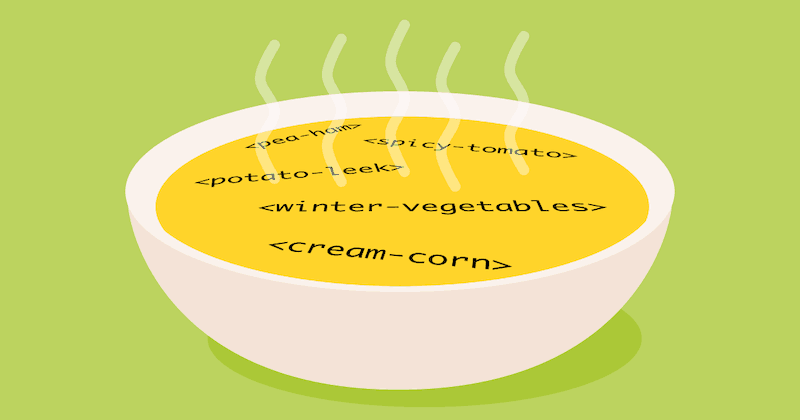





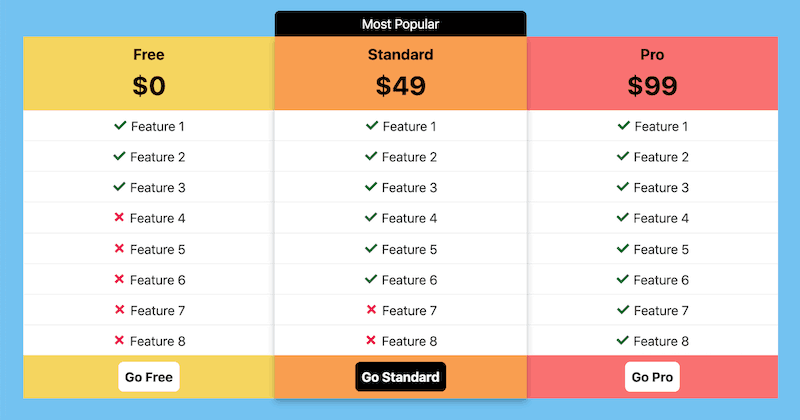
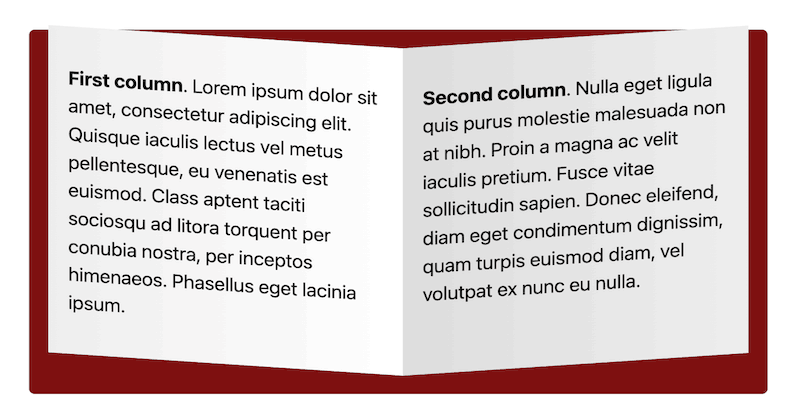
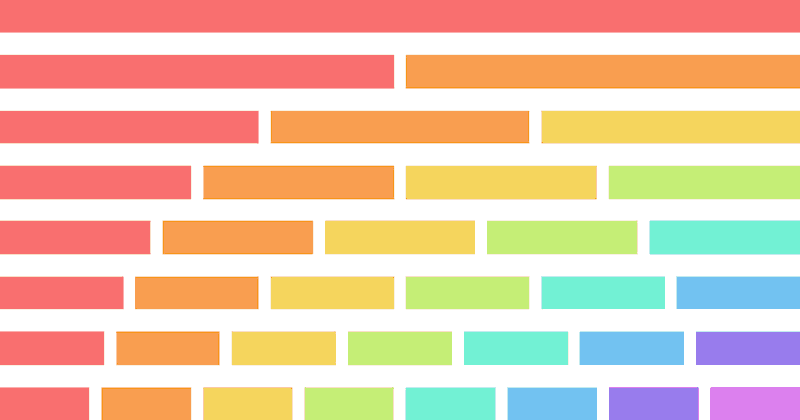


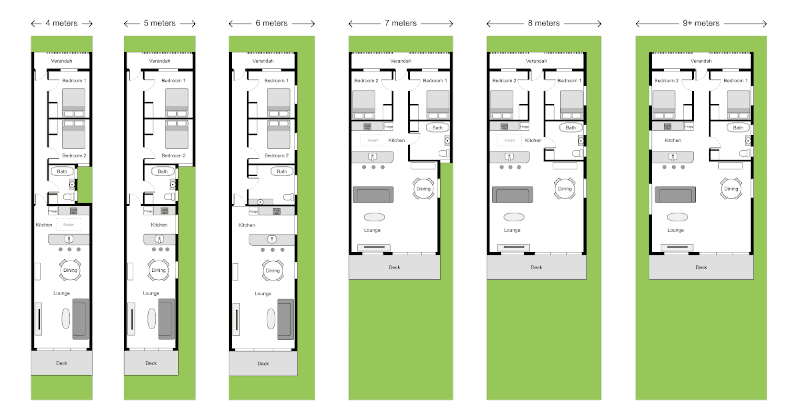
 Web design
Web design
 Architecture
Architecture
 Life drawing
Life drawing
 Art gallery
Art gallery
 Synesthesia
Synesthesia
 Comics
Comics